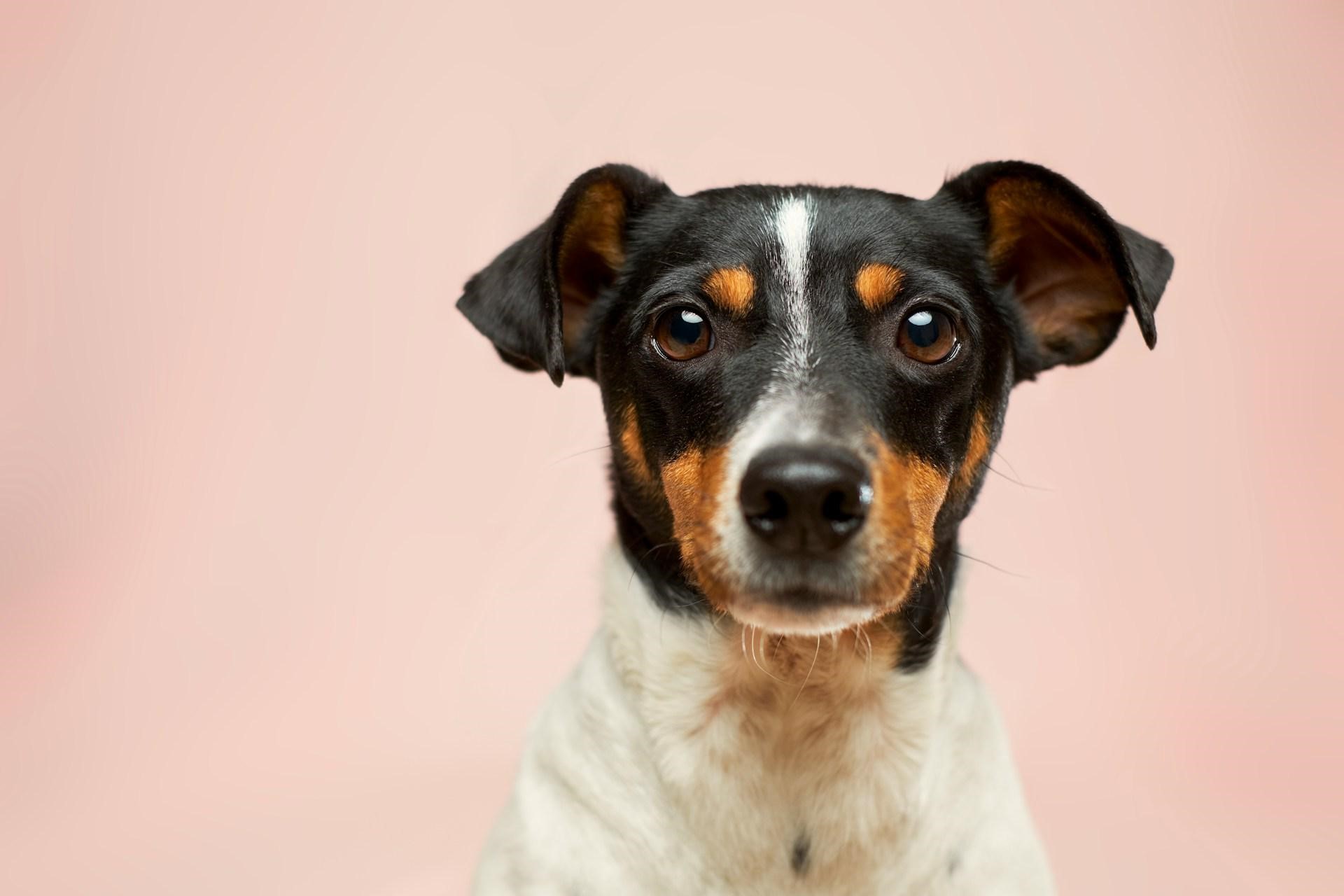Buying a puppy may be relatively inexpensive, but maintaining their health takes not just money but massive effort. Sometimes, while caring for yourself and your loved one, you may ignore someone important among your family members.
Not paying attention to your dog’s diet, behaviors, habit patterns, or other essential things might disrupt their mental as well as physical health. As a result, your innocent-looking friend might turn into an aggressive barking baby.
The problem arises to the greatest extent when you’re unable to pay much attention or give time to improve your dog’s condition or problems. If any problematic cases lie above your eyes, you must consider dog rehabilitation in Toronto.
What is a Dog Rehabilitation?
Dog rehabilitation is all about improving your dog’s physical, mental, and emotional health. It is commonly used to recover your dog from any internal or external injury, illness, or behavioral issues.
This rehabilitation includes exercises, massage, and therapies aimed at
- Enhance the dog’s strength,
- Fix fear, aggression, or anxiety issues,
- Recover quickly from pain,
- Improve socializing activity
- Improve all over body functioning.
Now that you know the benefits rehabilitation can provide to your dog, let’s know when and why you must consider rehabilitation rather than merely focusing on improving their current issues.
When Do You Need Dog Rehabilitation?
Your dog is a super clever animal who understands and grasps knowledge about the surroundings. They want love and attention from similar animals or kids.
Playing outside and socializing affects their mental health immensely. But sometimes, in your absence, your dog might have an internal injury while playing or eating something unhealthy.
Being busy, you may not pay much attention to your dog’s physical, behavioral, or psychological issues. What if your dog has anxiety or trauma issues from the past or gets aggressive quickly and barks frequently?
You may need rehabilitation for your dog to
- Fix certain habit patterns like scratching house furniture.
- Change aggressive behavior like growling or baring teeth
- Re-establish trust and confidence after any traumatic experience
- Build a sense of security
- Be adaptive and understand the environment
It’s not only about your dog’s health and safety. It’s also about you, your family members, kids playing outside, and other people your dog engages with.
Why Do You Need Dog Rehabilitation
- Make Safety Your Foremost Concern
Has your dog ever attempted to bite or bite anyone in the past? Even if not, it’s an animal that may bite to save themselves from unpredictable, dangerous situations.
Besides, if your dog has a history of aggressive behavior or turns out to be aggressive easily, rehabilitation can play a vital role in modifying this behavior. This can improve a dog’s response to various stimuli.
- Improves Dog’s Health
You must consider rehabilitation if your furry friend has suffered an injury recently or in
the past. Fixing your dog’s issues isn’t part of your job and must be held by professionals.
However, it is not necessary for your dog to need rehabilitation only when hurt. Rehabilitation can help them improve their health, just like humans go to the gym and therapies to improve physical and mental health.
- Weight and Feeding Issues
Dogs are more likely to develop a habit of scratching the house furniture, eating or gnawing on anything they find on the ground, or starving issues, which is not good for their stomach.
Rehabilitation can help your dog train what to eat while maintaining a good diet that will positively affect the dog’s health. Also, it will teach them obedient behaviors that may save your house from any mess.
Conclusion:-
When you get a furry friend to be a joyful companion in your journey, they become a family member. It’s a huge responsibility to understand the needs and requirements of your dog.
While rehabilitation can be beneficial, educating yourself to be a perfect pet mom/dad is necessary. It improves your relationship with your pet, enhances trust, and builds confidence inside your dog.


